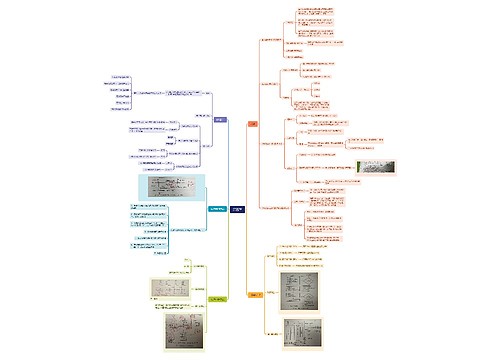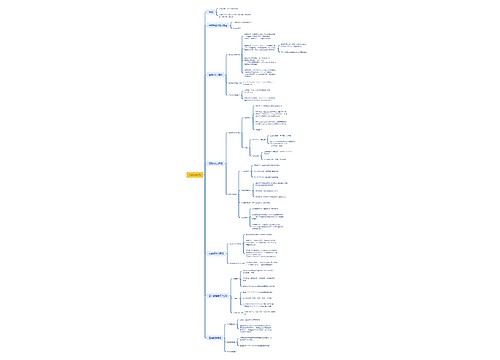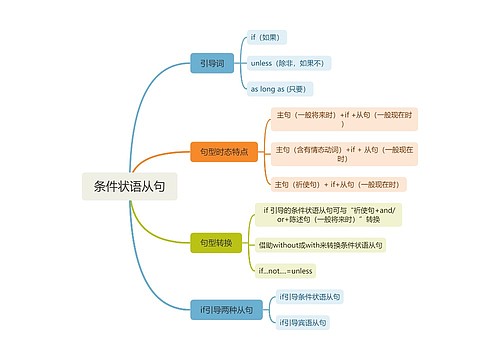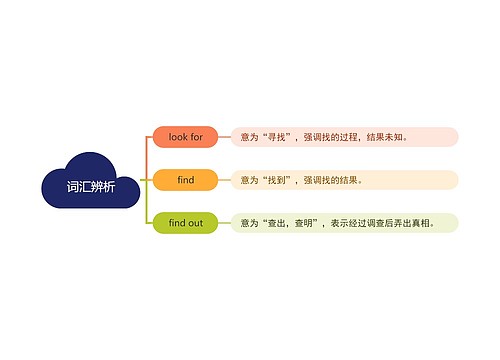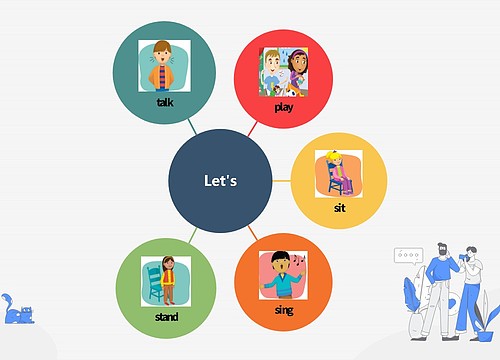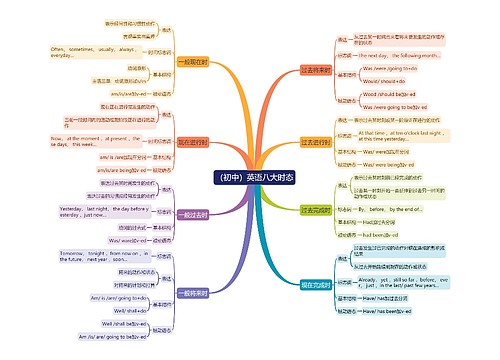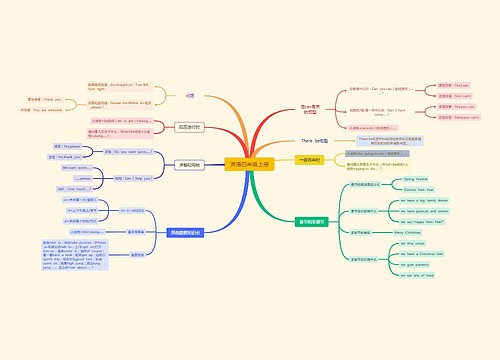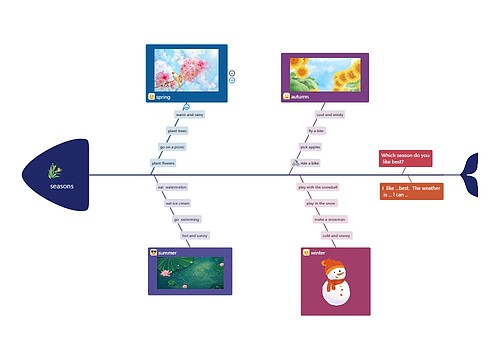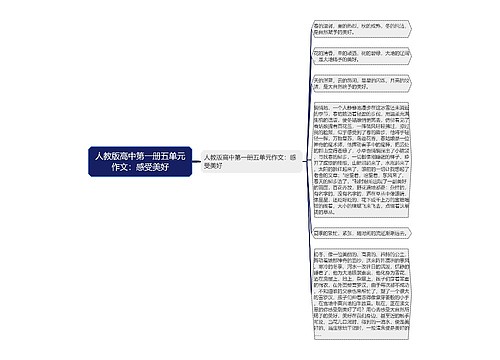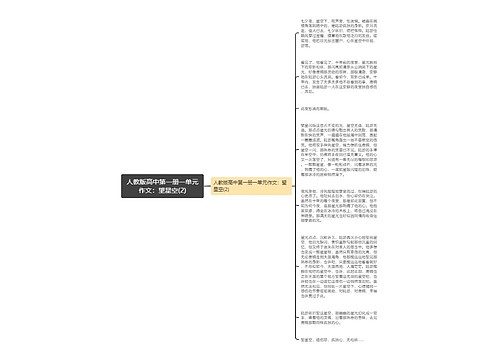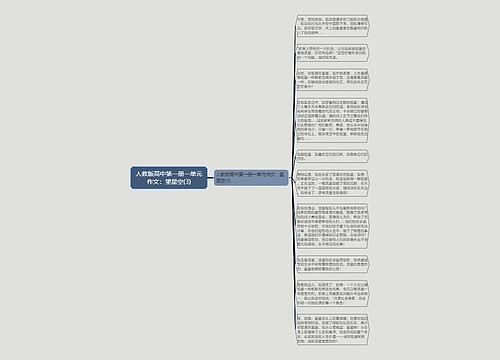Grammar: The Past Participle Used as Adverbial
1. Enable the students to master the usage of the Past Participle when it is used as Adverbial.
2. Enable the students to master the transformation between the past participle phrase and the adverbial clause.
Teaching Important Points:
1. How to use the Past Participle
2. How to tell the difference between the Present Participle and the Past Participle.
Teaching Difficult Point:
How to choose the Present Participle and the Past Parthciple.
1. Comparision method to get the students to know how to use the participle clearly.
2. Discussion method to get the students to master what they've learned.
3. Pair work or group work to make the students active in class.
2. a projector
Greet the whole class as usual.
Step II Revision and Presentation
T: In the third period of Unit 4, we learned the Past Participle used as Attributeand Adverbial. Now look at these sentences. Can you tell me which past participle is used as Attribute and which is used as Adverbial?
(Show the following on the screen.)
1. Most of the artists invited to the party were from South Africa.
2. Given more attention, the trees could have grown better.
3. The professor came into the classroom, followed by his students.
4. The first textbooks written for teaching English as a foreign language came out in the 16th century.
T: Who can tell us in the first sentence what the Past Participle is sued as?
S1:I know. It is used as Attribute, modifying the noun "artists".
T: Yes. OK. Li Lu, you try, please.
S2: I think it is used as Adverbial in the second sentence.
S3: It is used as Adverbial in the third sentence, too.
T: (To the rest of the class.) Is that right?
T: Good. No problem. Now, the last sentence. Who knows?
S4: Let me have a try. I believe it is used as Attribute. It modifies " the first textbooks".



